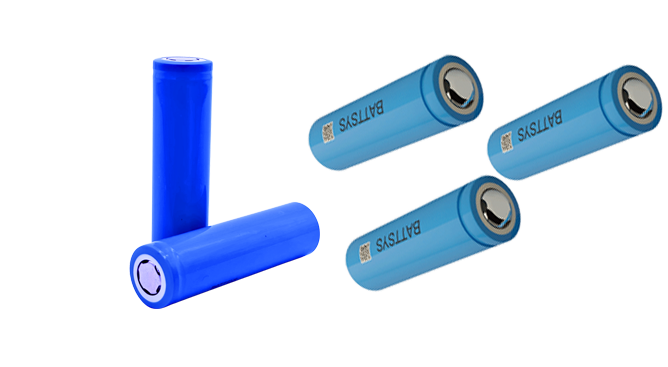What should be paid attention to in the winding process of 18650 lithium-ion batteries?
1. Humidity control ≤ 1% RH Purpose: To prevent water absorption during the winding process of positive and negative electrode plates, which can lead to zero voltage, self discharge, and poor cycling performance;
Method: Calculate the dew point value and temperature value to obtain the temperature and humidity values;

2. Dust control ≤ 100000pc/ft3 (detected particle size of 0.5um)
Purpose: To prevent dust from being sucked into the electrode group during winding, which can cause defects such as short circuit, overheating, fire, and self discharge of the battery cells;
Method: Use a dust tester;
3. Abnormal burr cutting
Process requirement: Pole piece ≤ 8um; Extreme ear burrs ≤ 12um; Testing method: 1 piece of battery cell will be randomly selected for dissection during the initial inspection of each machine in each shift. The front and rear ends of the positive and negative electrodes, as well as the positive and negative electrode ears, will be tested for burrs according to the "Burr Detection Operation Manual".
Adverse effects: If the burrs on the pole piece or pole ear exceed the process requirements, they may puncture the diaphragm, causing a short circuit between the positive and negative poles, overheating of the battery cell, and in severe cases, explosion, posing a serious safety hazard.
18650 lithium-ion battery winding steps
4. Poor coverage of positive and negative electrodes
Process requirement: The alignment of positive and negative electrodes should be 0.75 degrees 55mm
Alignment between negative electrode and separator 1 5mm
Testing method: After changing the coil, conduct a continuous sampling of 3 PCS of battery cells according to the "X-RAY Operation Manual" to test the alignment. Adverse effects: 1) The alignment of the positive and negative electrode sheets may exceed the process specifications, which may cause the negative electrode sheet to not wrap around the positive electrode sheet. During the charging process of the battery cell, the lithium ions released from the positive electrode cannot find the corresponding graphite embedding, causing free lithium ions in the battery cell to accumulate on the negative electrode and form dendrites. The dendrites pierce the separator, causing internal short circuits and posing safety hazards.
2) The alignment between the negative electrode and the separator exceeding the process standard may cause the negative electrode to be compressed and deformed, resulting in partial detachment of the negative electrode material on the electrode. During the charging process, the battery cell expands, and the powder penetrates the separator, causing a short circuit inside the positive and negative electrodes and posing a safety hazard;
5. Detection method for coverage difference of the winding direction pole piece (outer layer negative electrode super positive electrode material length, inner layer negative electrode super positive electrode material length): Every 2 hours, 3 pieces of battery cells are dissected from each winding machine, and the two coverage difference sizes are measured using an eyepiece and a ruler.
Adverse effects: It may cause the negative electrode sheet to not wrap around the positive electrode sheet, resulting in the inability of lithium ions extracted from the positive electrode to find the corresponding graphite embedding during the charging process of the battery cell, causing free lithium ions in the battery cell to accumulate on the negative electrode and form dendrites, which pierce the separator and cause internal short circuits, posing a safety hazard.
18650 lithium-ion battery winding steps
6. Short circuit test
Parameter settings (100V, 25nF250V,
250uA) Testing method: During the first inspection of each shift, a short-circuit sample testing machine is used; Adverse effects: Short circuit factors such as self discharge, heating, explosion, etc.; cutting particles, metal dust, burrs, etc. causing diaphragm perforation;
